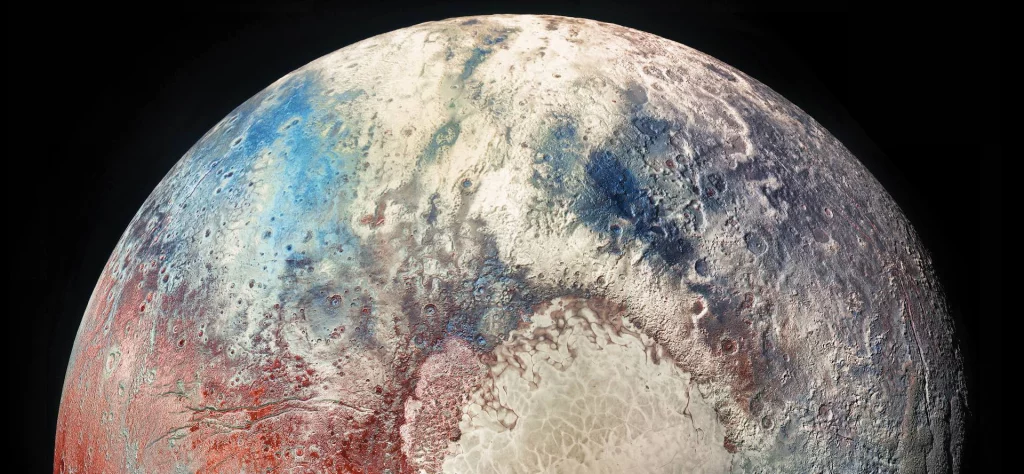What is Absolute zero?
By Dillon Smart · · · 0 Comments

What is absolute zero? Absolute zero is the temperature at which a thermodynamic system has the lowest energy. What does that actually mean?
Understanding Absolute Zero (Kelvin)
Absolute Zero corresponds to −273.15 °C or −459.67 °F or 0 K (Kelvin).
The Kelvin is the Standard International unit of thermodynamic temperature. The Kelvin differs from other more commonly known scales to measure temperature as there is no such thing as below-zero Kelvin.
Physicists have acknowledge that they can never achieve the coldest conceivable temperature 0 K (Absolute Zero) since the coldest temperature in the universe is 2.75 K or -270.4 Celsius, caused by the remaining background radiation from the Big Bang.
Temperature of the Planets in the Solar System

Temperature of Mercury
Being the closest planet to The Sun, and being in tidal lock (one face always facing The Sun) Mercury is a hot planet.
The sunny side temperature of Mercury has been measured to reach up to 800 °F / 426.6 °C / 699.8 K.
The temperature of the night time side of Mercury has been measured at -330 °F / -201 °C / 72 K.
Temperature of Venus
Venus, although not the closest Planet to The Sun is the hottest Planet in the Solar System, due to its run away greenhouse effect. The atmosphere of Venus is mostly composed of Carbon Dioxide. When the Planet radiates heat from The Sun back into space, the heat is trapped in the Atmosphere causing the runaway greenhouse effect.
Surface temperatures of Venus have been recorded at around 900 °F / 482 °C / 1173.15 K.
Temperature of Earth
Home to all things we know, Earth has an average temperature of 57 °F / 13.8 °C / 287 K.
The coldest temperature ever recorded on Earth was in 1983, In Vostok, Antarctica the temperate was recorded at -128.56 °F / -89.2 °C / 183.95 K.
Recorded on the 10th July 1903 in Death Valley, Nevada, U.S.A the hottest temperature ever recorded on Earth was a staggering 134.1 °F / 56.7 °C / 407.2 K.
Temperature of Mars
Being humanities best option for a second home planet, Mars is comparably cold to the 3 innermost planets of the Solar System.
The temperature of Mars varies however the average temperature is -81 °F / -62 °C / 210 K.
Temperature of Jupiter
Jupiter is the largest of the 8 planets in the Solar System. Being a gas giant with a mass of more that 2 and a half times that of all the other planets in the Solar System (less than one-thousandth the mass of the Sun) Jupiter is the 3rd brightest object seen in the sky.
The temperature of Jupiter at its cloud tops is around -280 °F / -173.33 °C / 99.8 K.
Temperature of Saturn
Being most notable for its ring system, Saturn is the second largest planet in the Solar System. With a radius of around 9 and a half times the Earth, Saturn is over more than 95 times more massive.
The temperature of Saturn is around -285 °F / -176.1 °C / 97 K.
Temperature of Uranus
Uranus was the first planet discovered with the use of a telescope. First discovered in 1781 by William Herschel, Uranus is around 3 billion km from the Earth.
The temperature of Uranus is around -353 °F / -213.8 °C / 59.2 K.
Temperature of Neptune
Neptune is the farthest planet from The Sun, with an orbital lasting 164.8 years. Being over 4.4 billion km from the sun, Neptune is the coldest planet in the Solar System.
The temperature of Neptune is around -373 °F / -225 °C / 48.1 K.
0 Comment